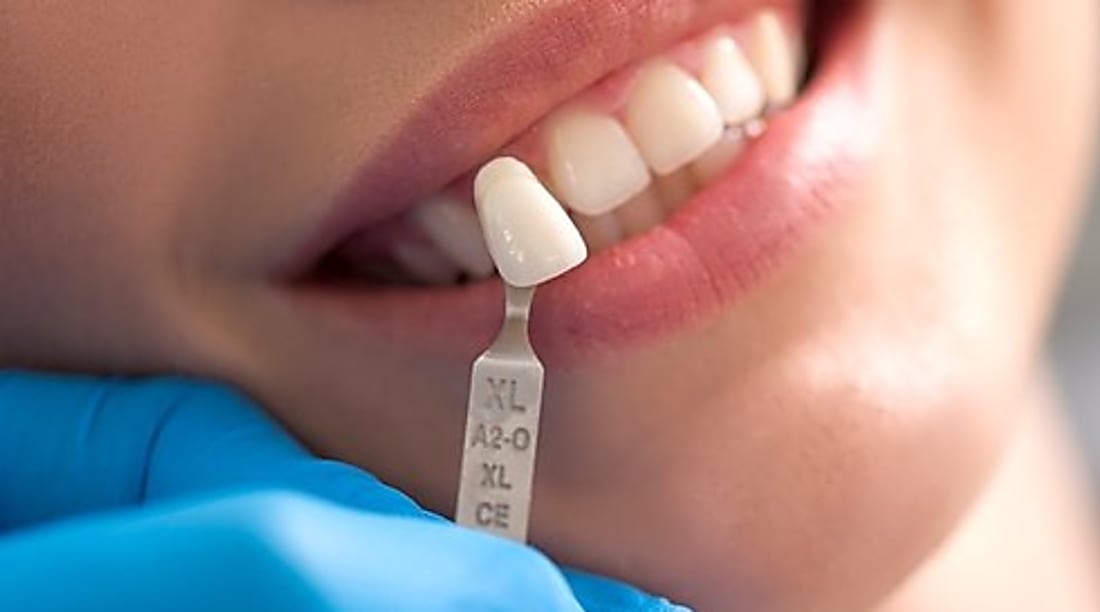Screwless Dental Implants: Modern Solutions for Tooth Replacement
Traditional dental implants have long relied on titanium screws to anchor artificial teeth to the jawbone. However, modern dentistry has introduced innovative screwless alternatives that offer different approaches to tooth replacement. These advanced systems use alternative attachment methods, potentially providing benefits for patients who may not be suitable candidates for conventional screw-in implants or prefer different treatment options.

Screw-Free Tooth Replacement: How Modern Systems Work
Screwless dental implants represent a significant advancement in restorative dentistry, utilizing innovative attachment mechanisms that differ from traditional threaded titanium posts. These systems employ various techniques including press-fit designs, friction-based retention, and specialized surface treatments that promote osseointegration without requiring threaded insertion into the jawbone.
The technology behind screwless implants often involves precisely engineered surfaces that create immediate stability through mechanical retention. Some systems use tapered designs that compress into prepared bone sites, while others employ specialized coatings that encourage rapid bone growth and integration. This approach can reduce surgical trauma and may offer faster healing times compared to conventional drilling and threading procedures.
Screwless Dental Implants: What They Are and How They Work
Screwless dental implant systems function through several distinct mechanisms. Press-fit implants rely on precise dimensional matching between the implant and the prepared bone site, creating immediate stability through compression. These implants often feature micro-textured surfaces that promote cellular attachment and bone growth.
Another approach involves friction-based retention systems that use specialized geometries to achieve primary stability. Some designs incorporate expandable elements that secure the implant once positioned, while others use biomimetic surfaces that encourage natural bone remodeling processes. The absence of threading can potentially reduce stress concentration points that sometimes lead to bone loss around traditional implants.
Modern Solutions for Tooth Replacement
Contemporary screwless implant systems offer several potential advantages over conventional approaches. Reduced surgical invasiveness may result in less post-operative discomfort and swelling. The elimination of threading can preserve more natural bone structure during placement, potentially maintaining better long-term bone health.
These systems may be particularly beneficial for patients with compromised bone quality or quantity, as they can sometimes be placed in areas where traditional implants might require extensive bone grafting. Some screwless designs also accommodate immediate loading protocols, allowing for faster restoration of function and aesthetics.
Cost Considerations and Provider Options
Screwless dental implant procedures typically involve different cost structures compared to traditional implant treatments. The specialized nature of these systems and the training required for placement can influence overall treatment expenses.
| Provider Type | Service Offered | Cost Estimation |
|---|---|---|
| Specialized Implant Centers | Complete screwless implant treatment | €2,500 - €4,500 per implant |
| General Dental Practices | Basic screwless implant placement | €2,000 - €3,500 per implant |
| University Dental Clinics | Research-based screwless treatments | €1,500 - €3,000 per implant |
| Private Implant Specialists | Advanced screwless systems | €3,000 - €5,000 per implant |
Prices, rates, or cost estimates mentioned in this article are based on the latest available information but may change over time. Independent research is advised before making financial decisions.
Treatment Planning and Considerations
Successful screwless implant treatment requires careful evaluation of bone quality, quantity, and patient-specific factors. Advanced imaging techniques such as cone beam computed tomography help determine optimal placement strategies and ensure adequate bone support for these alternative systems.
Patient selection criteria may differ from traditional implant protocols, as screwless systems can sometimes accommodate cases with challenging anatomical conditions. However, proper healing protocols and follow-up care remain essential for long-term success, regardless of the implant system used.
The integration period for screwless implants may vary depending on the specific system and individual healing characteristics. Some designs allow for immediate restoration, while others require traditional healing periods before final prosthetic attachment. Understanding these timelines helps patients make informed decisions about their treatment options.
Screwless dental implants continue to evolve as technology advances, offering promising alternatives for patients seeking tooth replacement solutions. While traditional threaded implants remain highly successful, these innovative systems provide additional options for complex cases and patient preferences. Consultation with qualified dental professionals helps determine the most appropriate treatment approach based on individual circumstances and clinical requirements.



